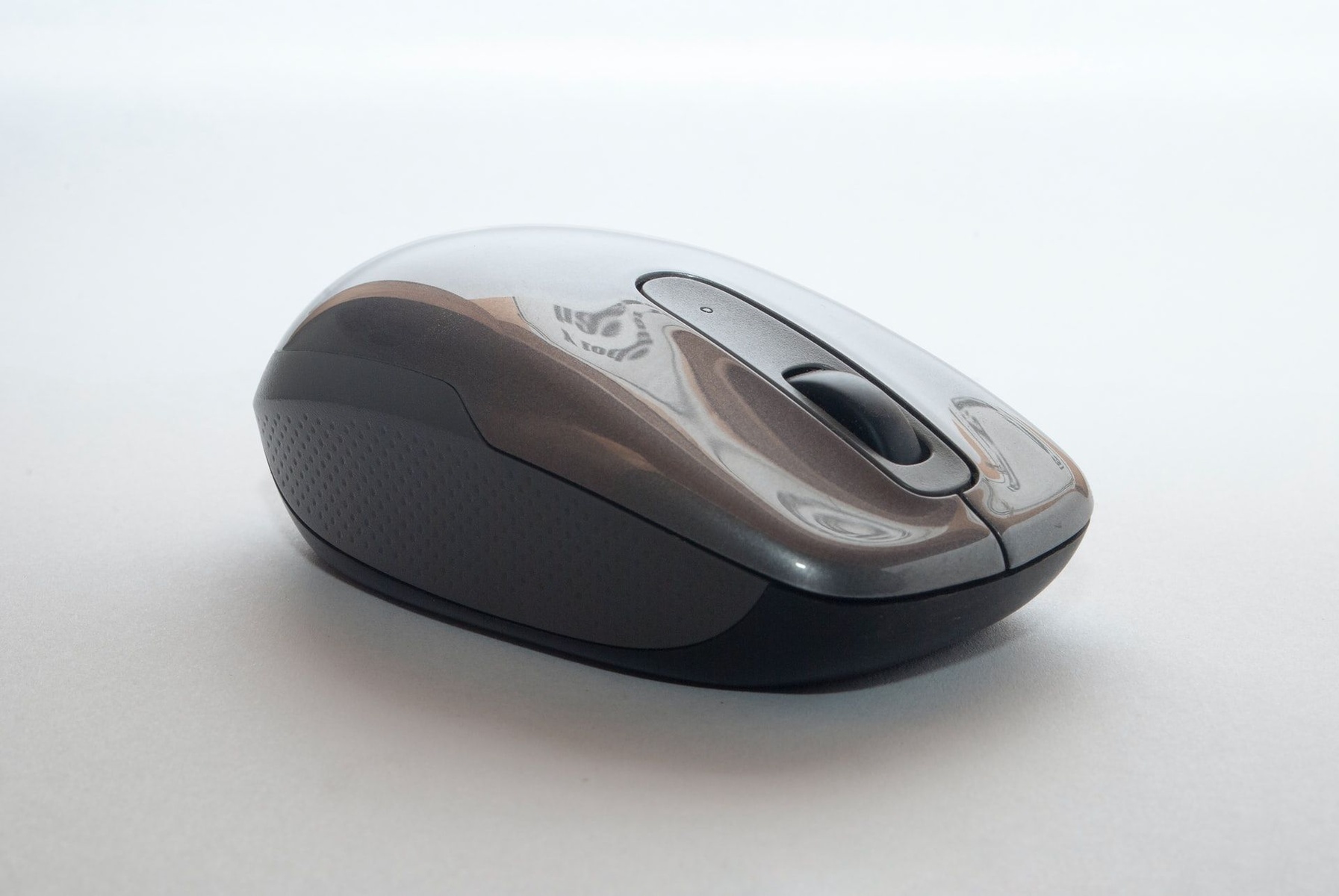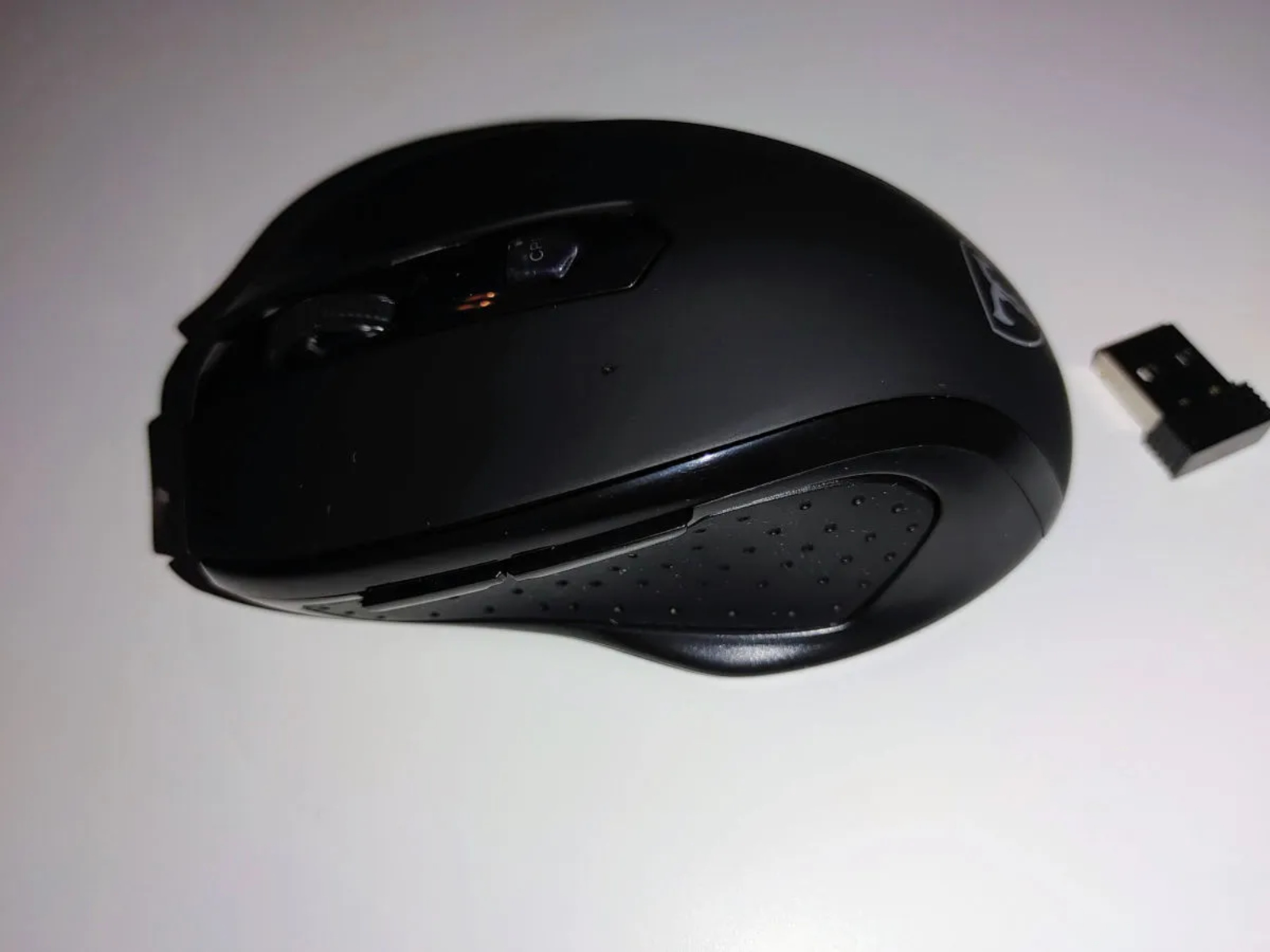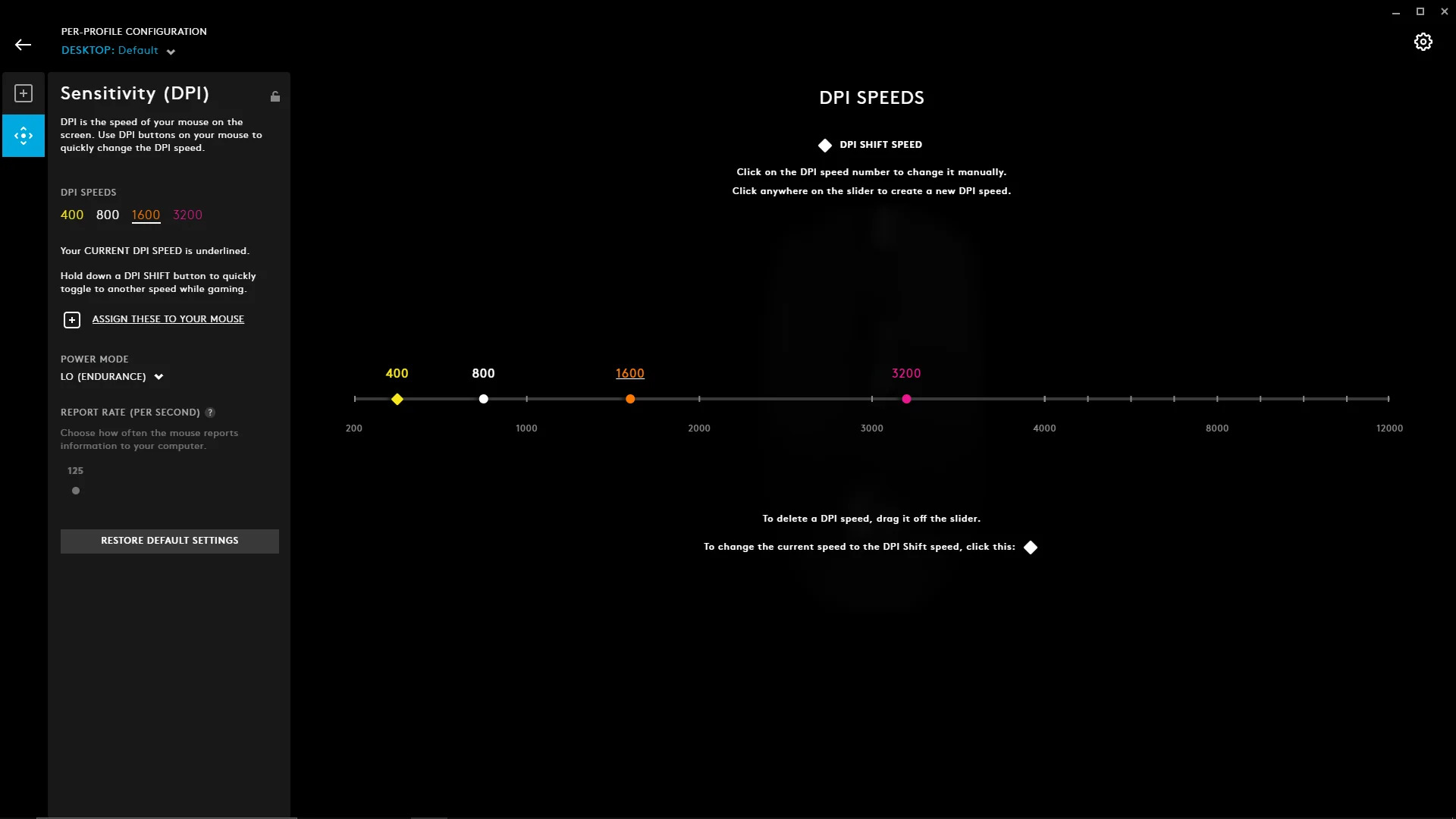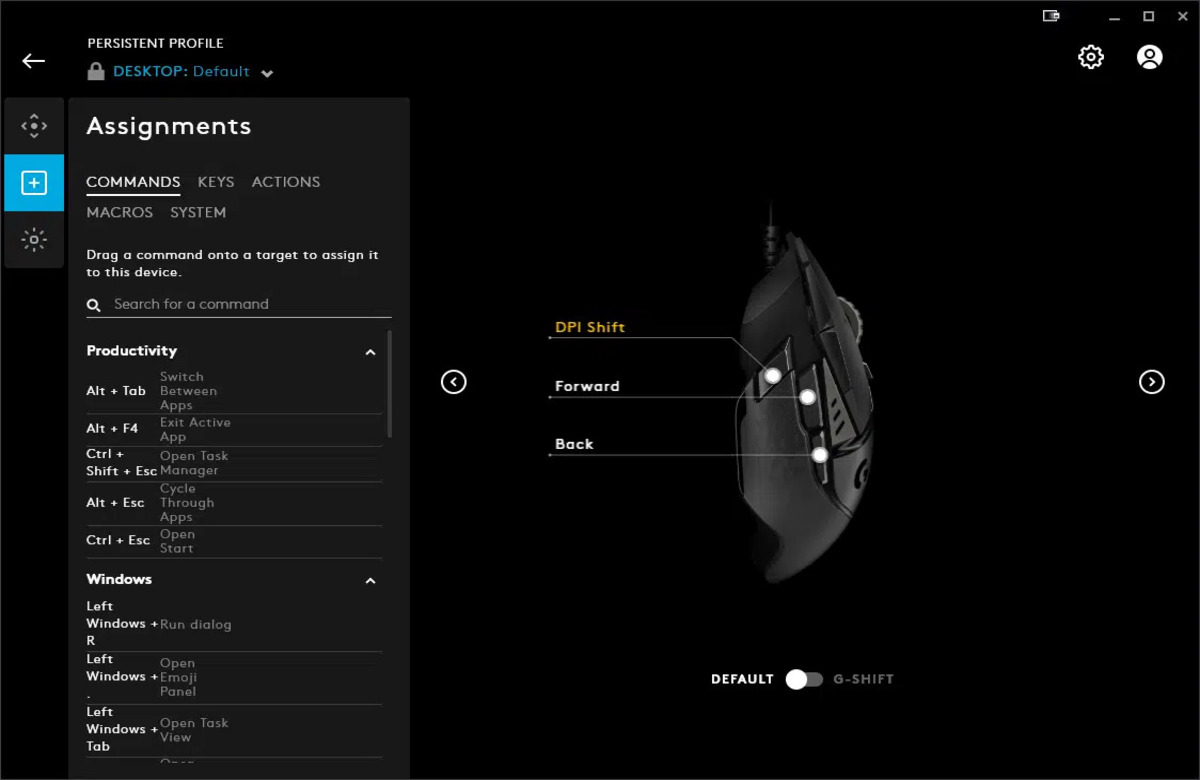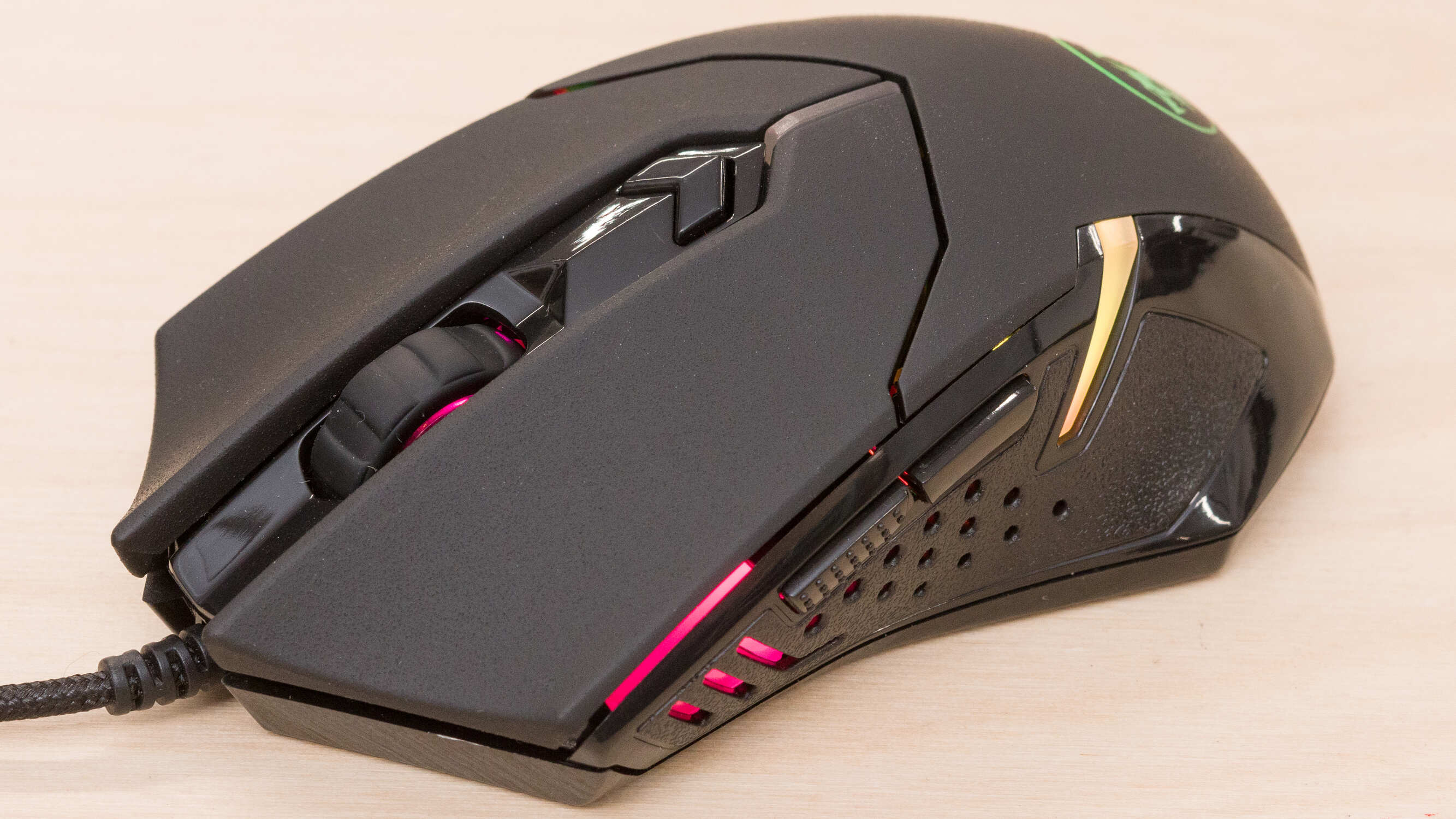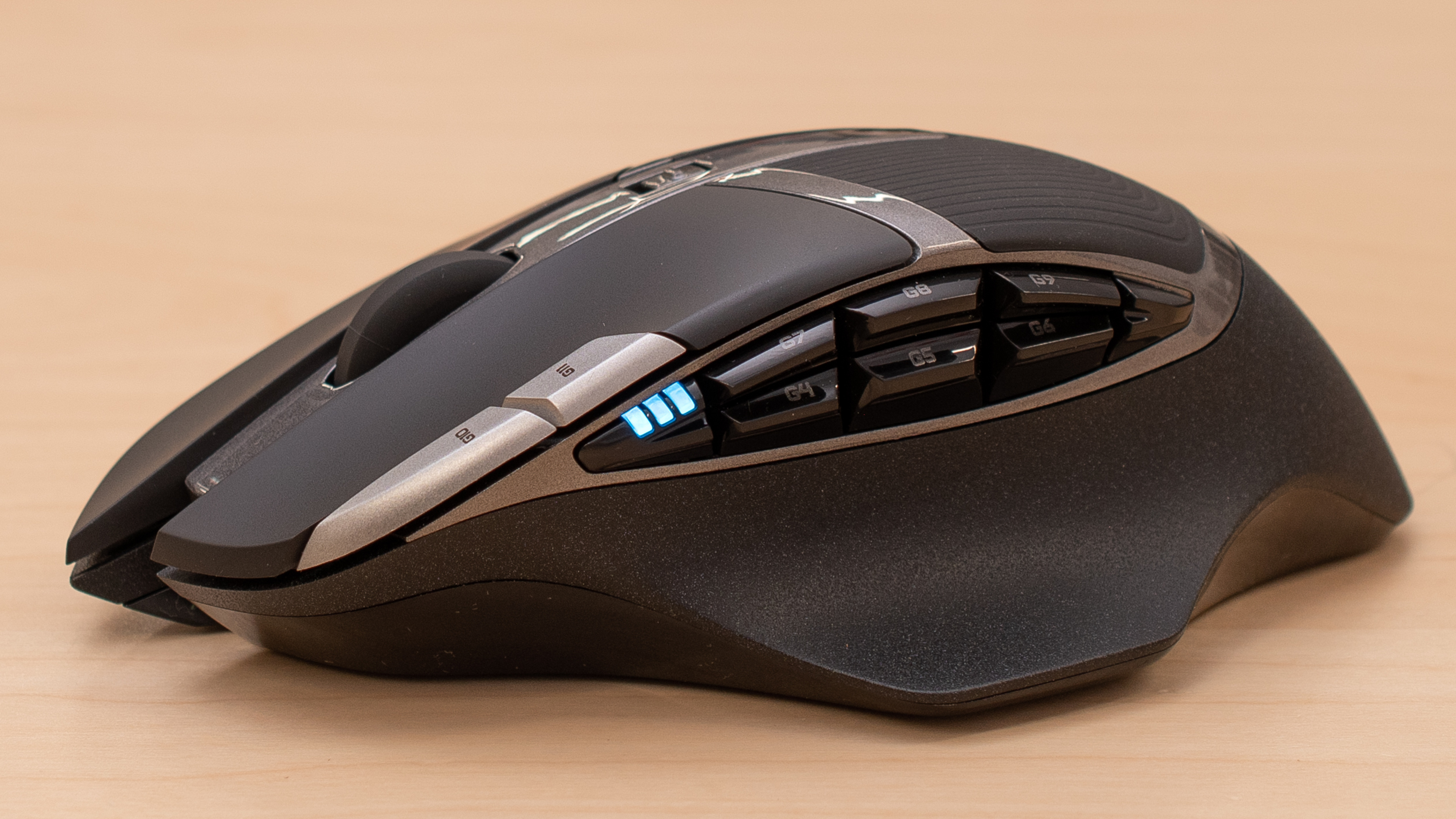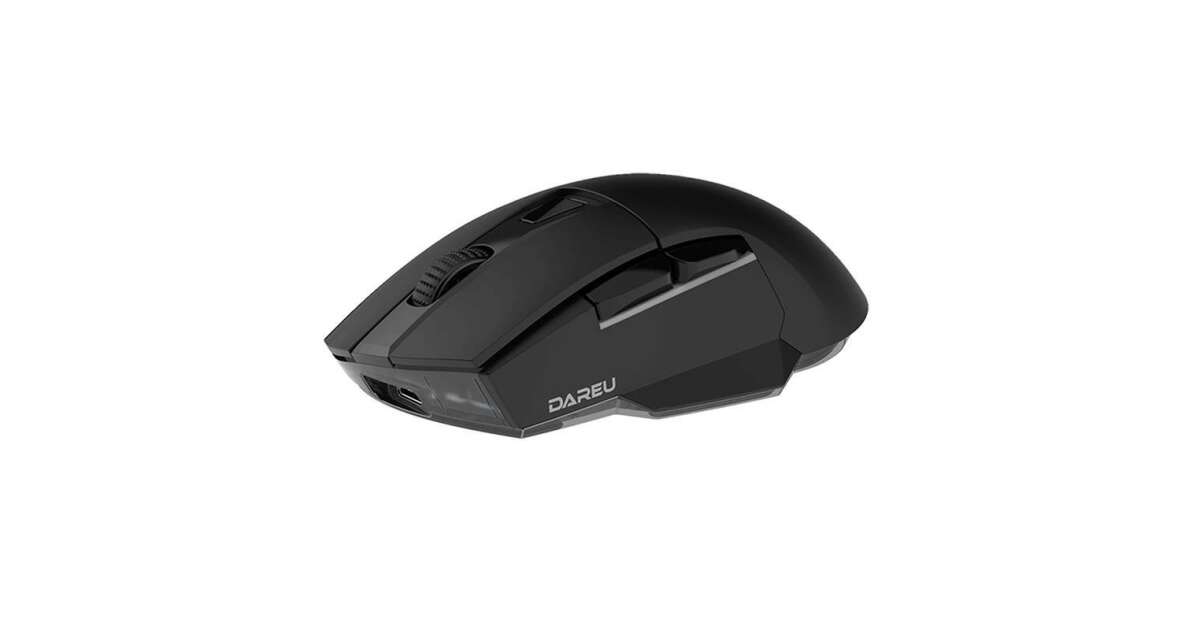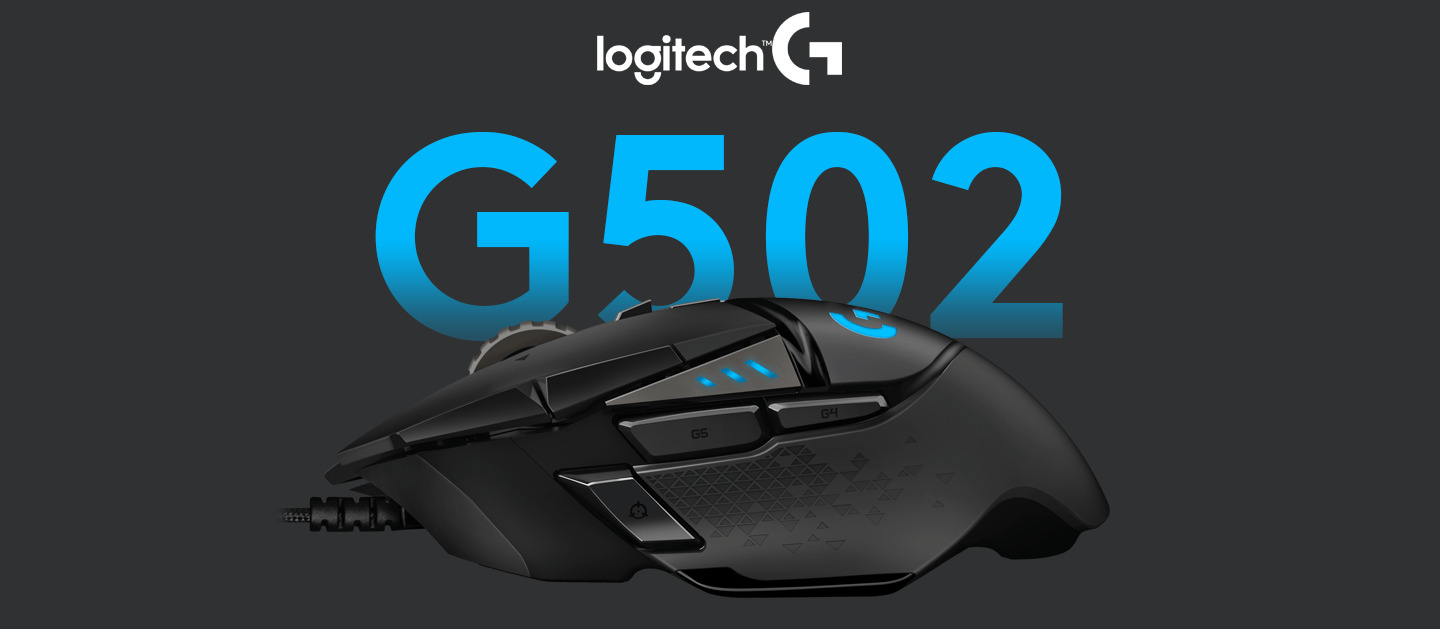Introduction
Welcome to the world of gaming, where precision and accuracy can make all the difference. If you're an avid gamer, you understand the crucial role that a gaming mouse plays in your overall gaming experience. One of the key features that can significantly impact your performance is the DPI (Dots Per Inch) setting of your gaming mouse. Understanding and being able to adjust the DPI of your gaming mouse can give you a competitive edge and enhance your gaming experience.
In this article, we will delve into the intricacies of DPI and guide you through the process of changing the DPI settings of your gaming mouse. Whether you're a seasoned gamer looking to fine-tune your mouse settings or a newcomer eager to optimize your gaming setup, this comprehensive guide will equip you with the knowledge and skills to make the most of your gaming mouse's DPI capabilities.
So, grab your gaming mouse, buckle up, and get ready to elevate your gaming performance by mastering the art of DPI adjustment. Let's embark on this enlightening journey to unlock the full potential of your gaming mouse and take your gaming prowess to new heights.
Now, let's delve into the fundamentals of DPI and gain a deeper understanding of its significance in the gaming world.
Understanding DPI
DPI, or Dots Per Inch, is a critical parameter that determines the sensitivity of your gaming mouse. Essentially, it refers to the mouse’s sensitivity to movement, specifically how many pixels the cursor moves on the screen in response to physical movement of the mouse. A higher DPI setting results in more cursor movement for the same physical mouse movement, while a lower DPI setting yields less cursor movement.
It’s important to note that a higher DPI setting does not necessarily equate to better performance. The optimal DPI setting varies from person to person and depends on factors such as gaming style, screen resolution, and personal preference. Understanding the concept of DPI is pivotal in customizing your gaming experience to suit your individual needs.
When it comes to gaming, the DPI setting can have a profound impact on your gameplay. Higher DPI settings can offer faster cursor movement, which can be advantageous in fast-paced games that require swift reflexes and precision targeting. On the other hand, lower DPI settings may be preferred for tasks that demand precise and controlled movements, such as sniping in first-person shooter games or intricate maneuvering in strategy games.
Furthermore, the DPI setting of your gaming mouse can directly influence your in-game sensitivity. By adjusting the DPI, you can fine-tune the responsiveness of your mouse to align with your gaming requirements. This level of customization empowers gamers to optimize their mouse settings for different gaming scenarios, ultimately enhancing their overall gaming performance.
As we unravel the intricacies of DPI, it’s essential to understand that the quest for the perfect DPI setting is a highly individualized journey. What works for one gamer may not necessarily work for another. Therefore, gaining a comprehensive understanding of DPI is the first step toward harnessing its potential to elevate your gaming experience.
Steps to Change DPI of Gaming Mouse
Changing the DPI of your gaming mouse is a straightforward process that can be accomplished with the help of accompanying software or built-in controls on the mouse itself. Here are the essential steps to adjust the DPI settings of your gaming mouse:
- Identify the Manufacturer’s Software: Many gaming mice come with dedicated software that allows users to customize various settings, including DPI. Visit the manufacturer’s website to download and install the software specific to your gaming mouse model.
- Access the DPI Settings: Once the software is installed, launch it and navigate to the DPI settings section. Here, you will have the option to adjust the DPI levels according to your preferences.
- Adjust DPI Levels: Depending on the software interface, you can typically adjust multiple DPI levels to create a customized DPI profile. Some gaming mice feature dedicated buttons that enable on-the-fly DPI adjustments, allowing you to switch between preset DPI levels seamlessly during gameplay.
- Test the New Settings: After making the desired changes, it’s crucial to test the new DPI settings in a gaming environment to evaluate their impact on your performance. Take note of how the adjusted DPI levels influence your aiming, tracking, and overall responsiveness.
- Refine and Fine-Tune: Based on your gaming experience with the new DPI settings, refine and fine-tune the levels to achieve the optimal balance between speed and precision. It’s a process of experimentation and adjustment to find the DPI configuration that best complements your gaming style.
It’s important to remember that the steps for changing DPI may vary slightly depending on the specific model of your gaming mouse and the accompanying software. Always refer to the user manual or online resources provided by the manufacturer for detailed instructions tailored to your device.
Now that you have familiarized yourself with the essential steps for adjusting the DPI of your gaming mouse, it’s time to put your newfound knowledge into practice and embark on the journey of optimizing your gaming experience.
Testing and Adjusting DPI
Once you’ve modified the DPI settings of your gaming mouse, it’s imperative to thoroughly test and fine-tune the adjustments to ensure they align with your gaming preferences and enhance your performance. Here’s a systematic approach to testing and adjusting the DPI:
- In-Game Assessment: Enter your preferred game environment and engage in various scenarios that demand different levels of precision and speed. Pay close attention to how the adjusted DPI affects your aiming, tracking, and overall maneuverability in the game.
- Observe Responsiveness: Evaluate the responsiveness of the mouse at different DPI levels. Determine if the cursor movement feels too sluggish or overly sensitive, and make note of the DPI settings that deliver optimal responsiveness for your gaming style.
- Experiment with Sensitivity: Experiment with different DPI levels to gauge their impact on your ability to perform swift movements and precise actions in the game. Assess how the DPI adjustments influence your gameplay and identify the settings that resonate best with your gaming techniques.
- Refine Based on Feedback: Pay attention to your in-game performance and gather feedback from your experience. Based on this feedback, make incremental adjustments to the DPI settings to fine-tune the mouse’s sensitivity and achieve an ideal balance between speed and accuracy.
- Customize for Different Games: Consider customizing DPI profiles for specific games based on their unique requirements. Games with varying pace and gameplay mechanics may benefit from tailored DPI settings to optimize your performance across different gaming environments.
Remember that the process of testing and adjusting DPI is iterative, and it may require multiple rounds of refinement to arrive at the most suitable settings for your gaming endeavors. Be patient and methodical in your approach, as finding the perfect DPI configuration tailored to your gaming style can significantly elevate your overall gaming experience.
By actively testing and adjusting the DPI settings of your gaming mouse, you are actively fine-tuning an essential aspect of your gaming setup. Embrace the opportunity to optimize your mouse’s DPI to align with your unique gaming techniques and preferences, and let the enhanced precision and responsiveness propel you toward gaming excellence.
Conclusion
Congratulations! You’ve embarked on a journey to unravel the intricacies of DPI and master the art of adjusting the sensitivity of your gaming mouse. By understanding the significance of DPI and learning how to customize its settings, you have taken a significant stride toward optimizing your gaming experience.
As you conclude this enlightening exploration, it’s essential to recognize the profound impact that DPI can have on your gaming performance. The ability to fine-tune the DPI settings of your gaming mouse empowers you to tailor your mouse’s sensitivity to suit your unique gaming style and preferences.
Through the systematic process of identifying, adjusting, and testing DPI levels, you’ve gained valuable insights into the nuanced relationship between DPI and gaming prowess. By actively refining the DPI settings based on your in-game experiences, you have demonstrated a commitment to optimizing your gaming setup for peak performance.
As you continue your gaming journey, remember that the quest for the perfect DPI setting is an ongoing endeavor. Embrace the opportunity to experiment with different DPI levels, customize profiles for specific games, and refine the settings to achieve an ideal balance between speed and precision.
Ultimately, the knowledge and skills you’ve acquired in this guide will serve as valuable assets as you strive for gaming excellence. By harnessing the potential of DPI and leveraging its customization options, you are poised to elevate your gaming performance and immerse yourself in a more immersive and responsive gaming experience.
Now, armed with a deeper understanding of DPI and the ability to adjust it to your advantage, you’re ready to conquer new gaming challenges with enhanced precision and agility. So, grab your gaming mouse, fine-tune those DPI settings, and let your optimized gaming experience propel you toward victory!







